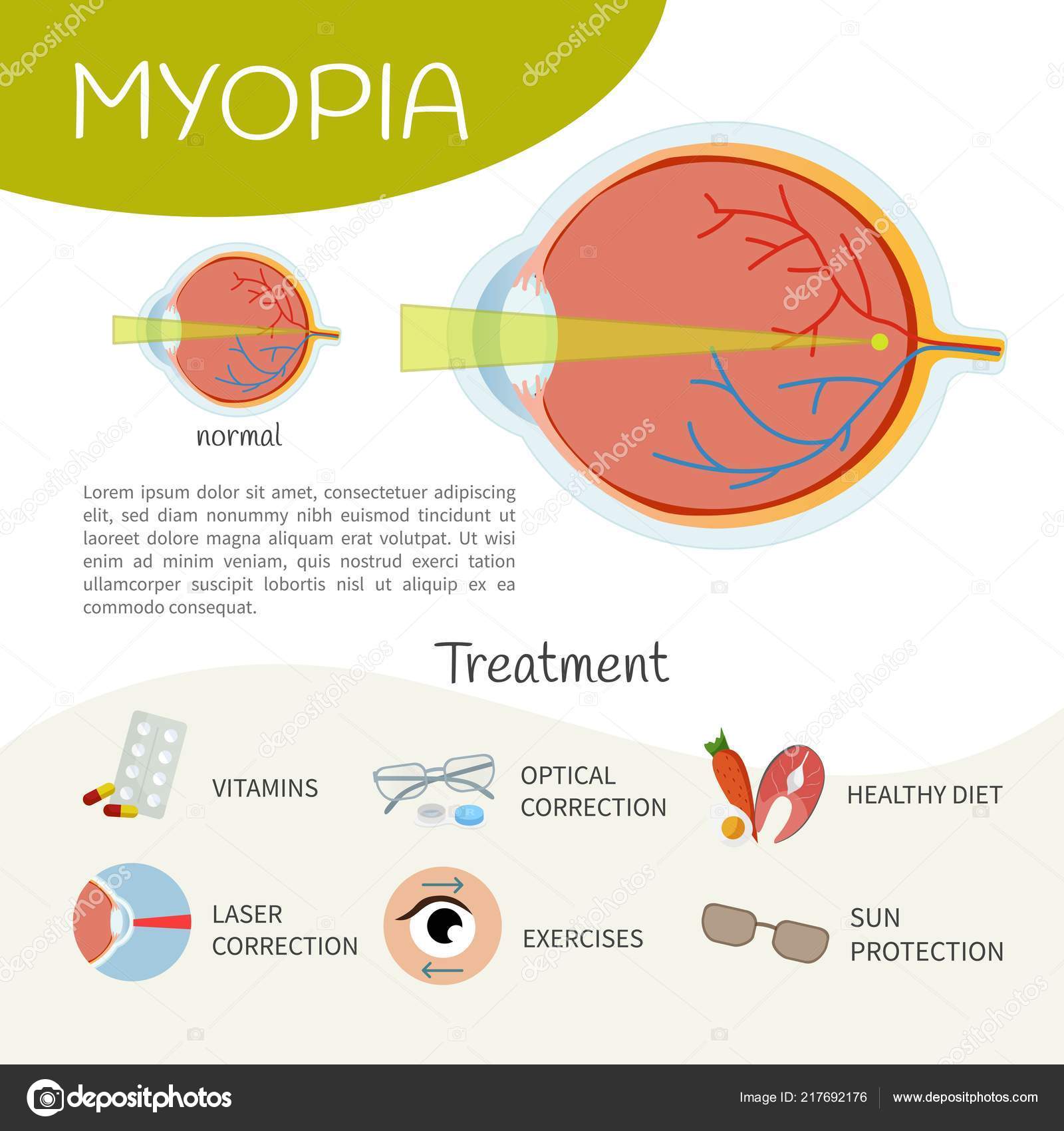Refractive Lens Exchange Explained: What Your Eye Doctor Isn't Telling You
Refractive Lens Exchange Explained: What Your Eye Doctor Isn't Telling You
Blog Article
Post Writer-Bilde Wollesen
Have you ever before considered Refractive Lens Exchange (RLE) as a choice for vision modification? While it isn't as extensively reviewed as LASIK, RLE could be a game-changer for your sight. Many people forget its benefits, thinking conventional methods are their only choice. But what are the real advantages, and what might your optometrist not be informing you concerning this treatment? Allow's check out the ins and outs of RLE together.
Understanding Refractive Lens Exchange: The Basics
Refractive lens exchange (RLE) is a surgery that can considerably boost your vision, specifically if you're taking care of presbyopia or serious refractive errors.
During RLE, your eye surgeon eliminates your eye's natural lens and changes it with a man-made one tailored to your vision needs. This procedure can fix nearsightedness, farsightedness, and astigmatism, offering you clearer vision without relying upon glasses or get in touch with lenses.
The surgery is typically fast, taking less than an hour, and the majority of patients experience minimal pain. Healing is relatively quickly, allowing you to go back to your everyday tasks quickly after.
If you're considering RLE, talking to your ophthalmologist can aid you figure out if it's the appropriate selection for you.
Key Differences Between RLE and Typical Cataract Surgical Procedure
While both refractive lens exchange (RLE) and conventional cataract surgical procedure involve replacing the eye's all-natural lens, their primary objectives and client accounts differ substantially.
RLE is targeted at people looking for to lower their dependancy on glasses or contact lenses as a result of refractive mistakes, often before cataracts create. In contrast, typical cataract surgical treatment normally targets patients that've developed cataracts, which cloud the lens and impair vision.
The lenses utilized in RLE can offer a wider range of vision improvement, while basic cataract surgical treatment generally entails standard monofocal lenses.
In you can try this out , RLE candidates are usually younger and in excellent overall health and wellness, whereas cataract people may be older and have various other wellness concerns.
Picking the appropriate procedure depends on your specific vision demands and situations.
Prospective Advantages and Considerations of RLE
If you're considering refractive lens exchange (RLE), you'll find a number of prospective advantages that may enhance your lifestyle.
RLE can offer you with clearer vision, minimizing or getting rid of the demand for glasses or contact lenses. It uses an opportunity to address presbyopia and other refractive mistakes all at once, commonly boosting your total visual acuity.
In addition, RLE can be a fantastic alternative if you're not an appropriate candidate for LASIK. Nevertheless, it is essential to evaluate the considerations, like the expense, possible threats, and the recovery duration.
Reviewing your particular needs with your eye doctor can help you make an informed choice, ensuring you select the most effective course for your vision correction.
Conclusion
In conclusion, refractive lens exchange offers a distinct solution for vision modification that goes beyond what LASIK can give. It's important to weigh the advantages versus possible dangers and prices before deciding. Do not hesitate to ask related web-site to ensure you fully understand the treatment and its implications for your vision. With the ideal information, you can with confidence choose the most effective choice for your eyes and way of living.
